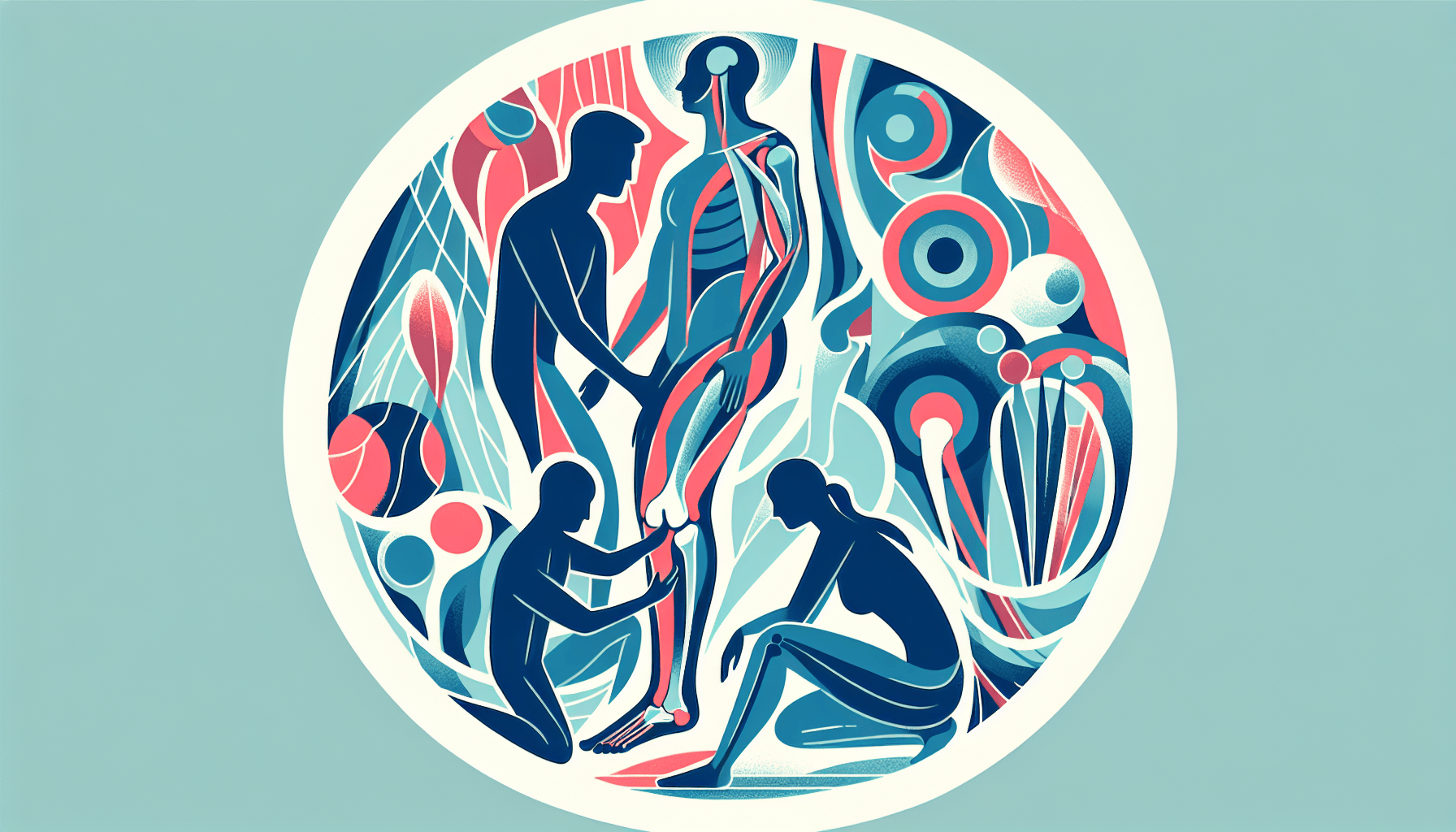The Achilles tendon is the largest and strongest tendon in your body, connecting your calf muscles to your heel bone. Despite its strength, this tendon is prone to injury, especially among athletes and active individuals. Understanding the causes, symptoms, and treatment options for Achilles tendon injuries can help you recognize and recover from this common condition.
What Causes Achilles Tendon Injuries?
Achilles tendon injuries often occur due to sudden movements or repetitive stress on the tendon. Some common causes include:
Engaging in activities that involve quick speed changes, such as running, gymnastics, or tennis
Overusing the tendon with high-impact activities
Stepping into a hole or falling from a high place
Having tight calf muscles or bone spurs
Wearing ill-fitting shoes or exercising on uneven surfaces
Symptoms of Achilles Tendon Injuries
The most common signs of an Achilles tendon injury include:
Pain and stiffness along the Achilles tendon, especially in the morning
Swelling that may come and go
Severe pain the day after physical activity
A lump on the tendon
A popping or snapping sensation during the injury (in case of a rupture)
Treating Achilles Tendon Injuries
Treatment for Achilles tendon injuries depends on the severity of the damage. Minor to moderate injuries usually heal on their own with proper care, such as:
Resting the injured leg and using crutches if needed
Applying ice to reduce swelling and pain
Compressing the leg with an elastic bandage
Elevating the leg while sitting or lying down
Taking nonsteroidal anti-inflammatory drugs (NSAIDs) to manage pain and inflammation
For severe injuries, such as a complete tendon tear, surgery may be necessary. Your doctor will discuss the best treatment options based on your specific case.
Preventing Achilles Tendon Injuries
To reduce your risk of Achilles tendon injuries, consider the following tips:
Stretch and strengthen your calf muscles regularly
Warm up before and cool down after workouts
Gradually increase the intensity and duration of your exercises
Wear supportive, well-fitting shoes
Avoid exercising on uneven surfaces
Incorporating Achilles tendon stretches into your daily routine can also help prevent injuries and promote flexibility.
Recovering from an Achilles Tendon Injury
Recovery time for Achilles tendon injuries varies depending on the severity of the damage. While it may take several months to fully heal, it's essential to follow your doctor's recommendations and work with a physical therapist to ensure a safe and effective recovery. Avoid rushing back into high-impact activities until your injured leg feels as strong and flexible as your uninjured leg.
Key Takeaways
Achilles tendon injuries are common, especially among athletes and active individuals
Causes include sudden movements, repetitive stress, and factors like tight calf muscles or ill-fitting shoes
Symptoms range from pain and stiffness to swelling and popping sensations
Treatment options include rest, ice, compression, elevation, NSAIDs, and surgery for severe cases
Preventing Achilles tendon injuries involves stretching, strengthening, proper footwear, and gradual exercise progression



